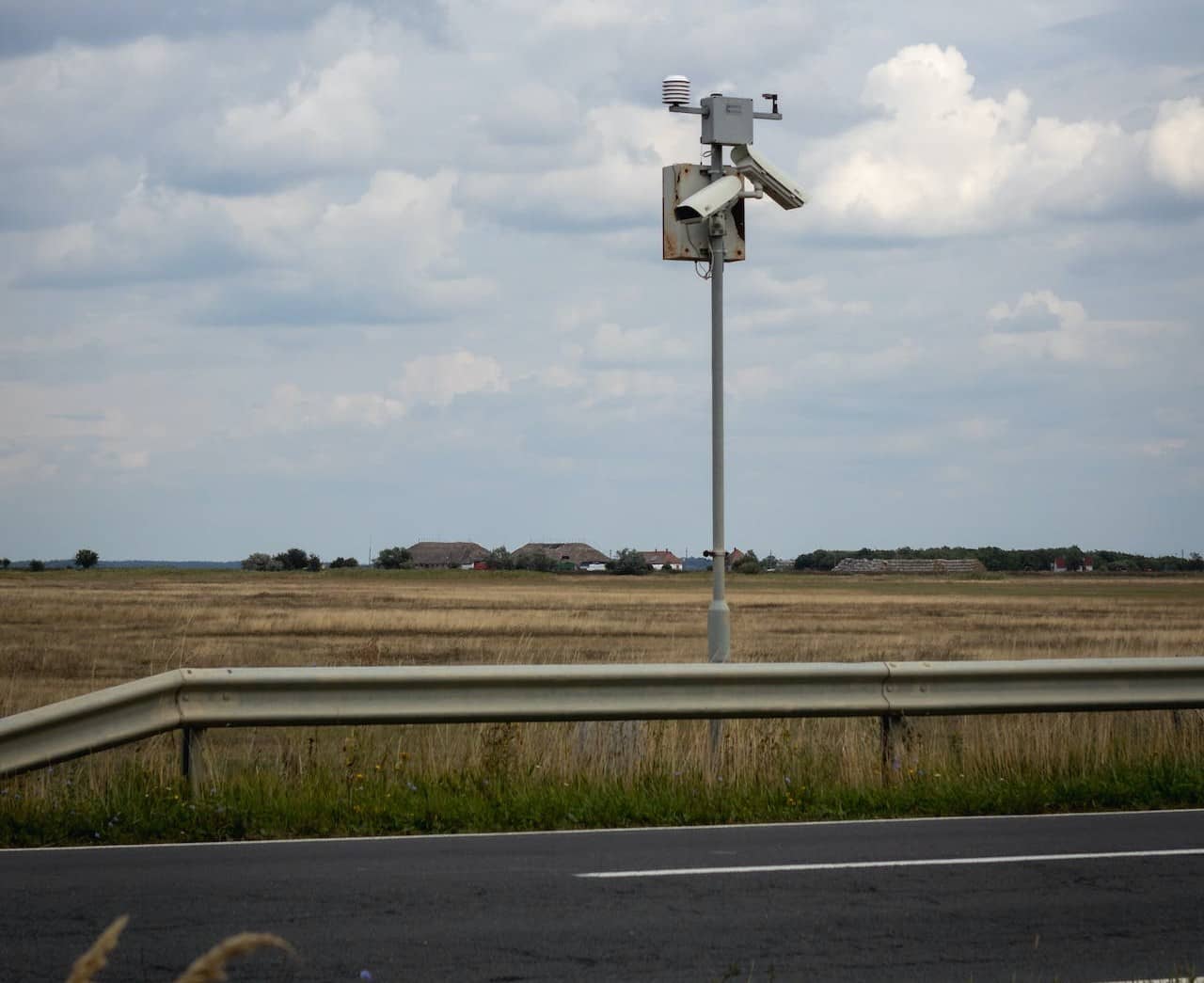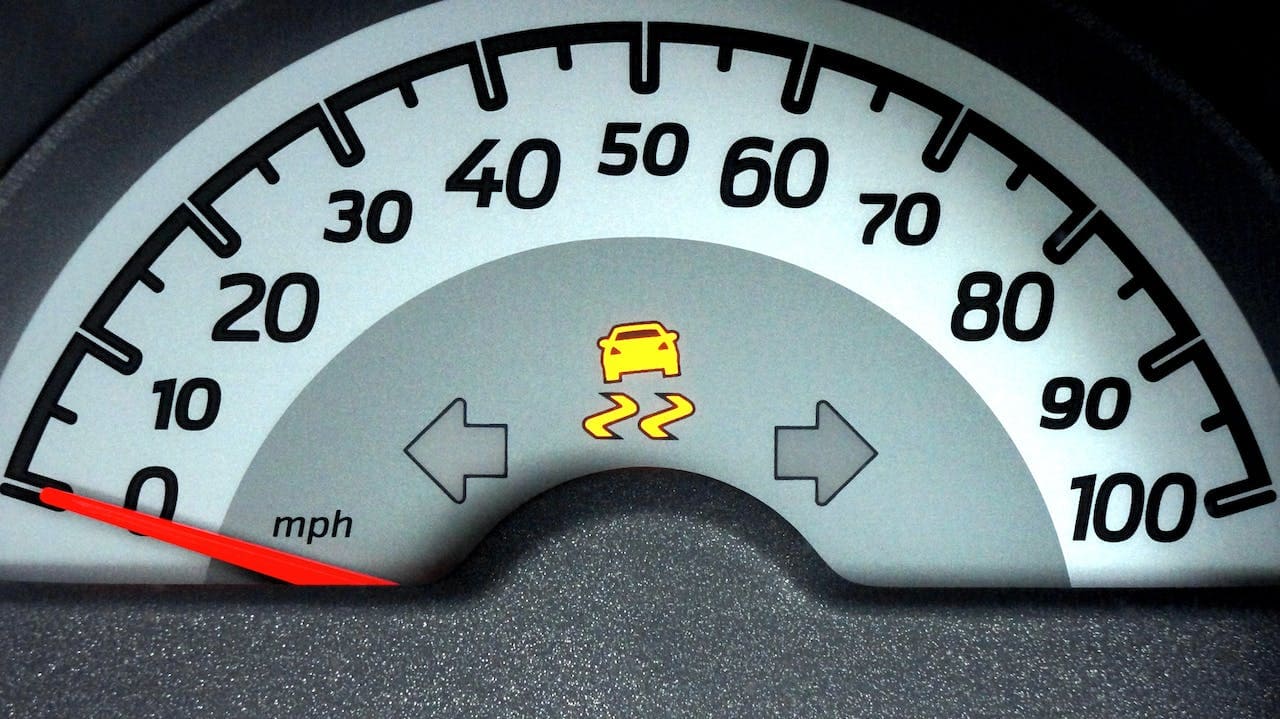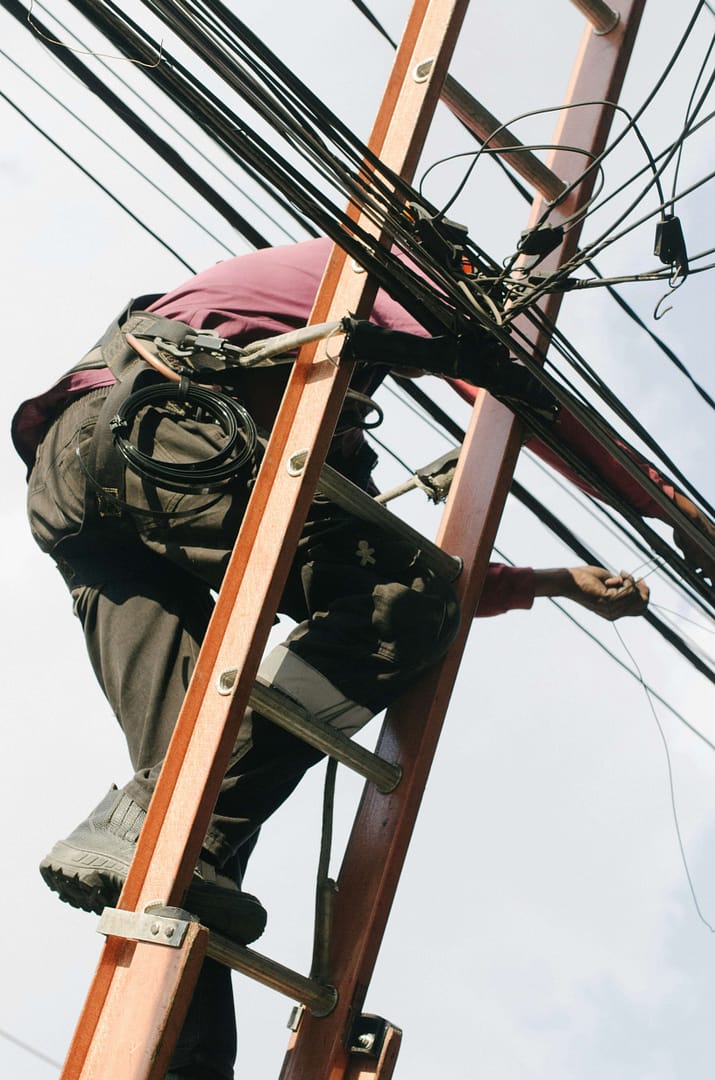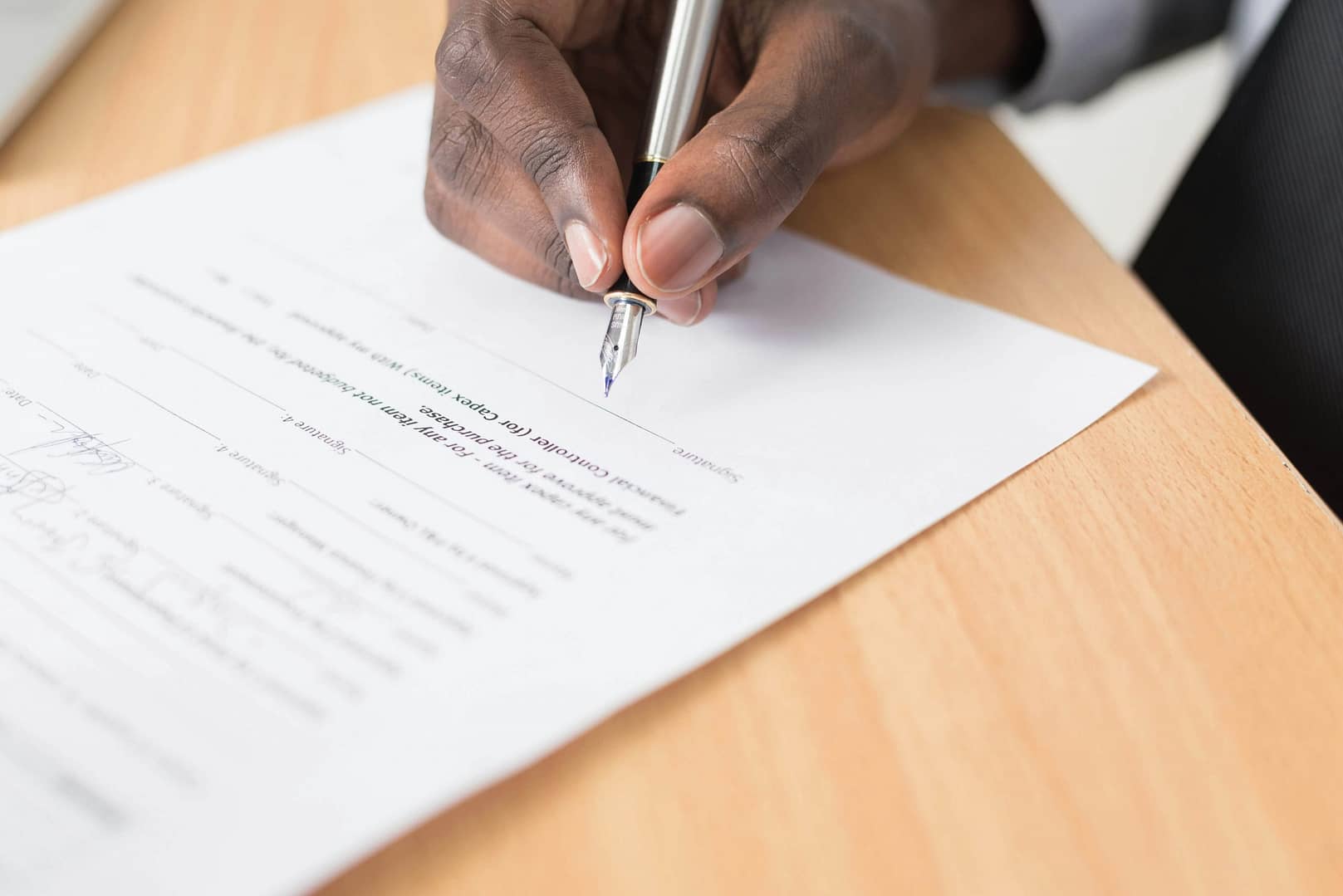In our fast-paced urban landscapes, the safety of pedestrians often takes a backseat to the convenience of motorists. However, as we delve into the vital topic of “Reducing Urban Speed Limits for Pedestrian Safety,” we’ll explore the compelling reasons why lowering speed limits can save lives and create more pedestrian-friendly cities. From the effects of reduced speed limits on urban areas to understanding just how much safer 20 miles per hour (mph) is compared to 30 mph, this article will shed light on the critical aspect of pedestrian safety. We will also highlight the best way to start a road traffic accident claim.
The Need for Reduced Speed Limits
Before we delve into the specifics of reduced speed limits, it’s essential to understand why this topic holds such significance in urban planning. Cities are bustling hives of activity, with pedestrians and vehicles vying for limited space. The consequences of this competition can be dire, as traffic-related accidents result in countless injuries and fatalities annually.
Effects of Reducing Speed Limits
Lowering urban speed limits can have a profound impact on road safety and the well-being of pedestrians. When speed limits are reduced, several key effects come into play, all of which are essential for creating safer urban environments.
Reduced Likelihood of Accidents: A lower speed limit naturally means that vehicles travel at slower speeds, giving drivers more time to react to unexpected situations. This reduced speed significantly decreases the likelihood of accidents, especially in densely populated areas.
Reduced Severity of Injuries: When accidents do occur, the severity of injuries tends to be less in areas with lower speed limits. Pedestrians are more likely to survive accidents, and their injuries are less severe when vehicles are travelling at reduced speeds.
Enhanced Reaction Time: Pedestrians often need to cross streets, and a slower vehicle speed allows drivers more time to respond when a pedestrian steps into the road unexpectedly. This increase in reaction time can mean the difference between life and death.
Safer Streets for Vulnerable Road Users: Reduced speed limits make streets safer for the most vulnerable road users, such as children, the elderly, and disabled individuals. These groups are often less capable of quickly getting out of the way of oncoming traffic.
Reduced Noise Pollution: Lower speed limits tend to result in quieter streets, which can lead to improved mental well-being for residents living in these areas. Quieter streets are more attractive for pedestrians and promote a sense of community.
Encouraging Active Transportation: Lower speed limits encourage more people to walk or cycle, as they feel safer on the streets. This shift toward active transportation can have positive effects on public health and the environment.
The Magic of 20 mph
Now that we understand the importance of reducing urban speed limits, let’s take a closer look at the “magic number” of 20 mph and how it can dramatically improve pedestrian safety.
How Much Safer is 20 mph Than 30 mph?
In the realm of urban planning and pedestrian safety, the difference between 20 mph and 30 mph is more significant than it may seem at first glance. Here’s how much safer 20 mph is compared to 30 mph:
Reduced Fatality Risk: At 20 mph, the risk of a pedestrian being fatally injured when struck by a vehicle is substantially lower than at 30 mph. Studies have shown that at 20 mph, the risk of death is around 2.5%, while at 30 mph, this risk nearly triples to 7.5%.
Increased Survival Rates: Lowering the speed limit to 20 mph increases the chances of pedestrians surviving accidents. Even though accidents may still occur, the reduced speed allows for less severe injuries, improving overall outcomes.
Safer Crossings: For pedestrians, the 20 mph speed limit provides a more significant buffer of safety when crossing the street. It gives drivers more time to spot pedestrians, brake, and take evasive action if necessary.
Reduced Stopping Distances: Vehicles travelling at 20 mph have significantly shorter stopping distances than those at 30 mph. This reduction in stopping distance is a game-changer in situations where quick action is needed to avoid accidents.
Promotes Urban Livability: Lower speed limits create a more pleasant and livable urban environment. Pedestrians are more likely to venture out, explore their neighbourhoods, and engage with their communities when they feel safer on the streets.
Encourages Responsible Driving: The 20 mph speed limit encourages responsible driving behaviour. Drivers are more likely to be attentive and cautious when navigating through areas with slower speed limits.
Implementing Lower Speed Limits
While the advantages of lower urban speed limits for pedestrian safety are evident, implementing such changes can be a complex and time-consuming process. It involves a combination of legal adjustments, infrastructure modifications, public awareness campaigns, and community engagement.
Legal Adjustments
To lower speed limits, cities and local authorities must navigate the legal framework governing road regulations. This may involve changing existing traffic orders, revising road signage, and ensuring that the new speed limits are in line with local and national laws.
Infrastructure Modifications
Effective implementation of lower speed limits often requires physical changes to the road infrastructure. This can include the installation of traffic calming measures such as speed humps, chicanes, and pedestrian crossings. Infrastructure modifications aim to create an environment where it is more challenging for drivers to exceed the prescribed speed limit.
Making a Road Traffic Accident Claim with National Claims
At National Claims, we understand the critical role that pedestrian safety plays in our urban environments. Our mission is to support individuals who have been affected by road traffic accidents, whether they are pedestrians, cyclists, or motorists. We are dedicated to assisting those who have experienced injuries or losses due to accidents on our roadways.
Your Safety Matters
We believe that pedestrian safety should be a top priority in urban planning, and the reduction of speed limits is a crucial step in achieving this. We are committed to raising awareness about the benefits of lower speed limits for pedestrians and encouraging responsible driving behaviours.
Making a Claim with National Claims
If you or a loved one has been involved in a road traffic accident as a pedestrian or cyclist, National Claims is here to help you through the process of making a claim. Our team of experts can guide you through the steps required to seek compensation for injuries and losses.
Initial Consultation: When you contact National Claims, our experts will provide you with an initial consultation. We’ll listen to your story and assess the circumstances of the accident.
Gathering Evidence: We will work with you to gather the necessary evidence to support your claim. This may include witness statements, medical records, and details about the accident.
Negotiating with Insurers: National Claims has a team of experienced negotiators who will engage with the relevant insurance companies to reach a fair settlement on your behalf.
Settlement: Once a settlement is reached, we will ensure that you receive the compensation you are entitled to for your injuries and losses.
National Claims is here to support you in your journey to recovery. Our team is committed to ensuring that your rights are protected and that you receive the compensation you deserve.

Conclusion
In conclusion, reducing urban speed limits is a proven strategy for enhancing pedestrian safety and creating more pedestrian-friendly cities. The difference between 20 mph and 30 mph can be a matter of life and death, with lower speed limits significantly reducing the risk of fatalities and injuries.
As exemplified by the United Kingdom’s experience, the implementation of 20 mph speed limits can lead to a considerable reduction in road traffic casualties and promote responsible driving behaviour. While lowering speed limits requires legal adjustments, infrastructure modifications, public awareness campaigns, and community engagement, the results are well worth the effort.
By prioritising pedestrian safety through the reduction of urban speed limits, cities can foster environments where residents feel safe to explore their neighbourhoods, engage with their communities, and enjoy a higher quality of life. In the end, the magic of 20 mph is not just a number; it’s a testament to the power of safe streets and vibrant cities. National Claims stands by your side, advocating for pedestrian safety and supporting individuals affected by road traffic accidents. Your safety matters, and we’re here to make a difference.
Start your claim with us today by contacting us and speaking to one of our claims specialists.
Click below to see why we are one of the most trusted claims management companies in the UK.

We’re proud of our excellent customer reviews
We thrive on delivering exceptional service and ensuring our clients’ satisfaction. Don’t just take our word for it. Check out some of our independent reviews to see what our clients have to say.
Excellent

This firm is excellent, they sorted out my car pay out and injury claim very fast, they always communicate with you all the time.

My accident case was dealt with confidence and with great result of the outcome, especially James kept me informed all the time.

I was very impressed at the way my inquiry was treated. I was listened to attentively and everything I needed to know was explained to me.






